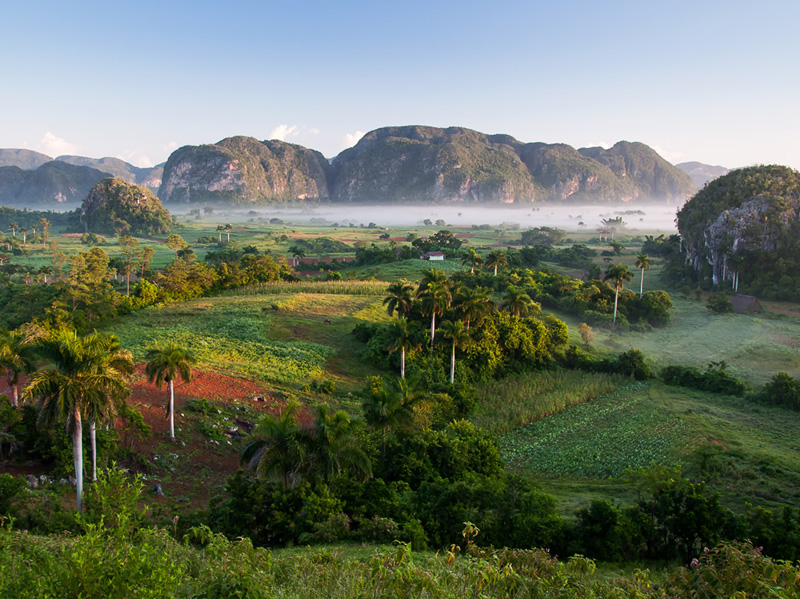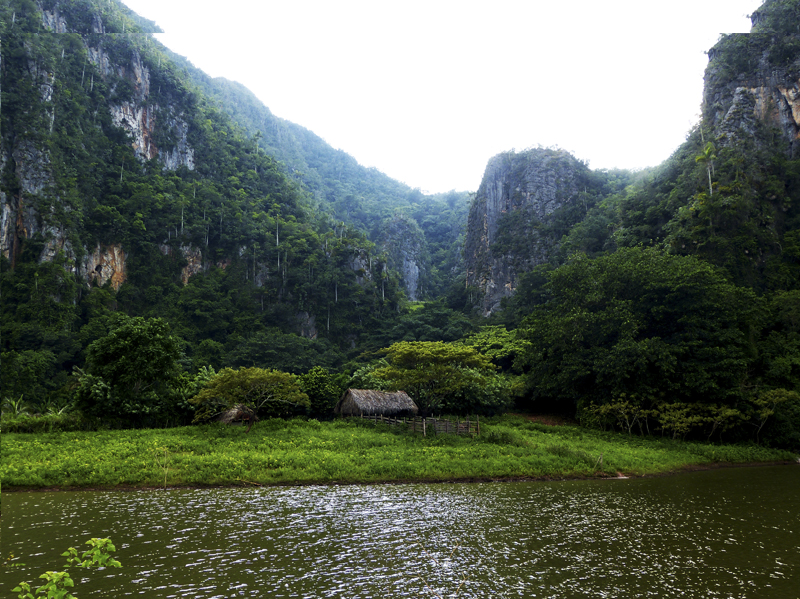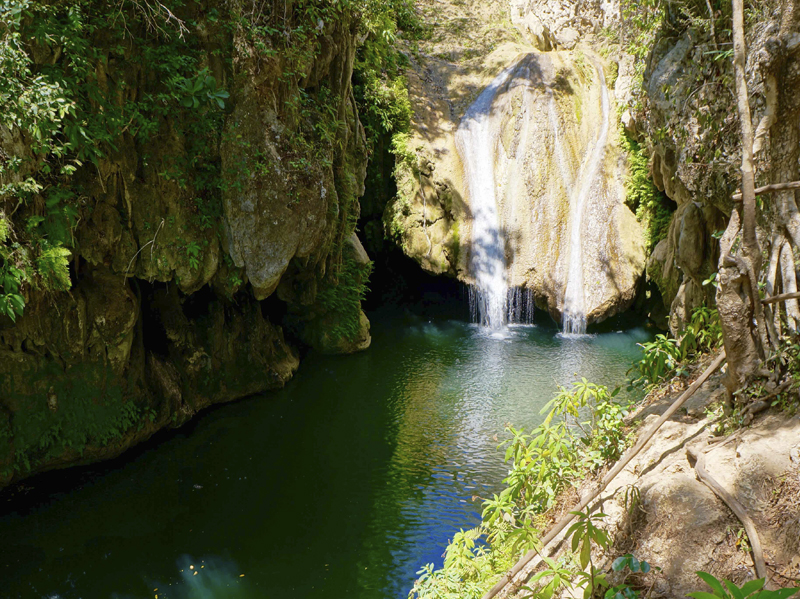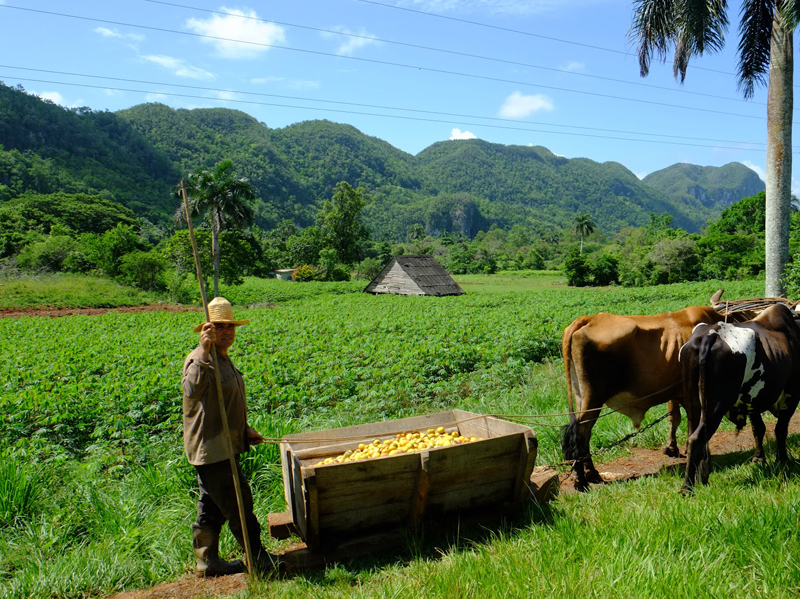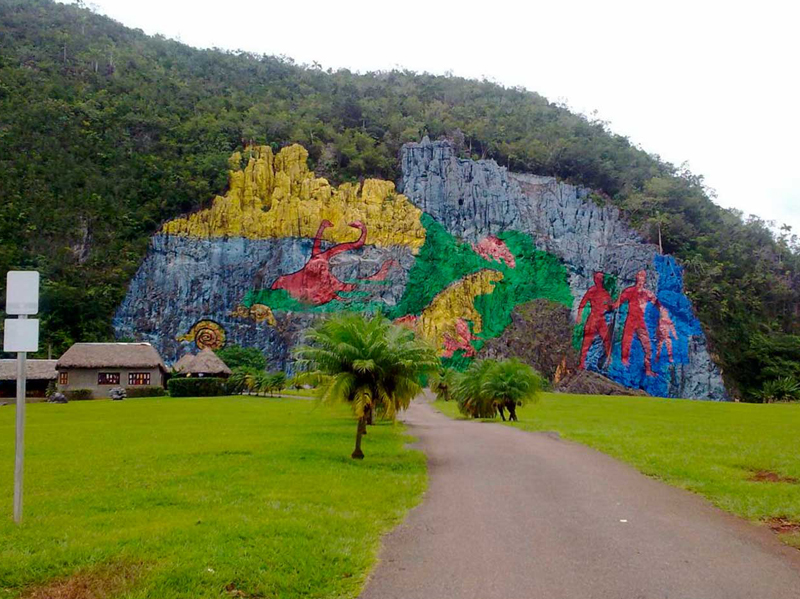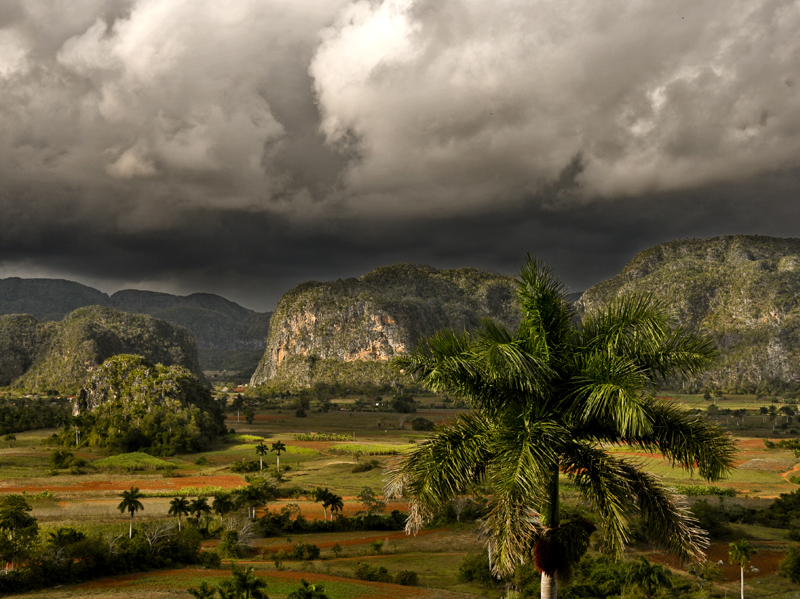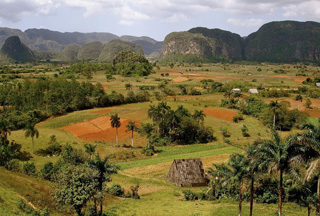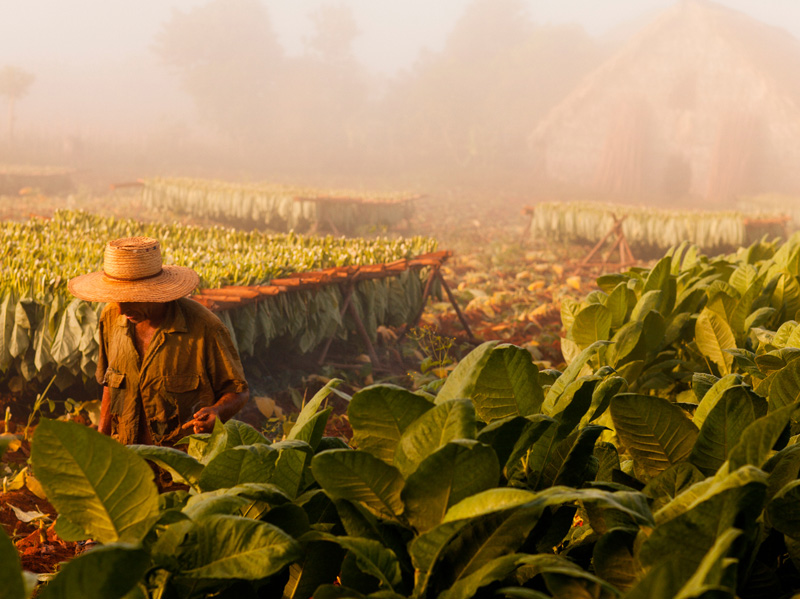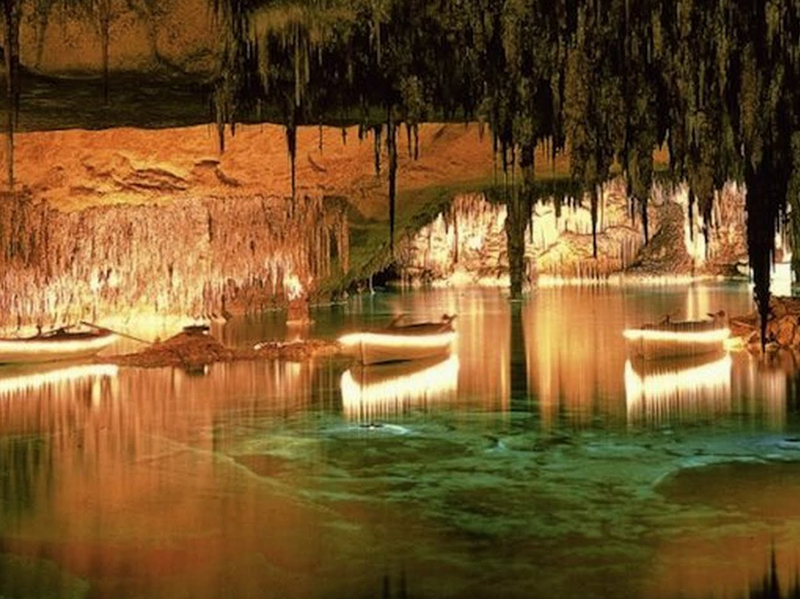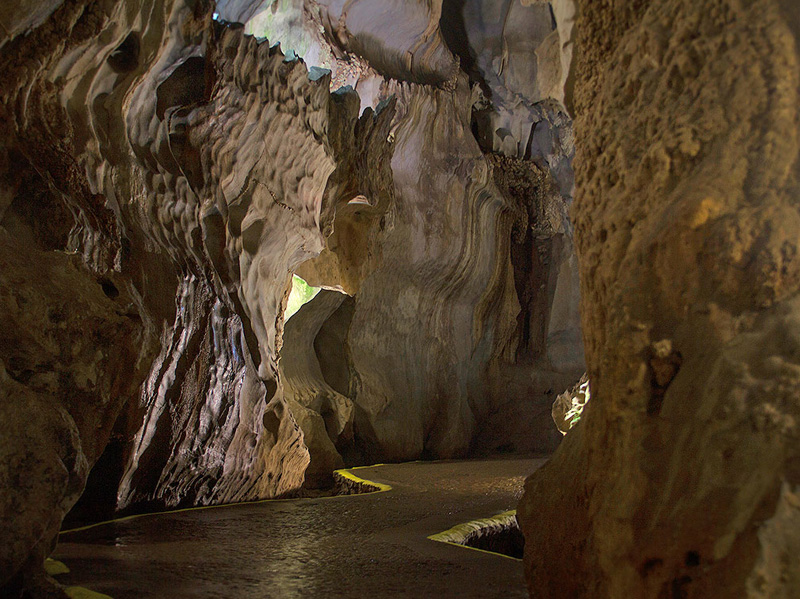VIÑALES
Viñales Valley is Located in the Pinar del Río Province, which is the westernmost part of Cuba. Specifically located in the Sierra of Organs, in the mountain range Guaniguanico .
The National Park Viñales and its surroundings, located in western Cuba just 25 km from the provincial capital and 178 km from Havana , is an exclusive and unique landscape where heights of metamorphic rocks are combined with karst mountains , known locally as ” mogotes ” and valleys of singular beauty.
These natural characteristics, combined with the rich cultural history treasures the region, it declared that this was made possible by the National Monuments Commission, “National Monument” in 1979 , ” Cultural Landscape of Humanity ” by UNESCO in 1999 .
PLACES OF INTEREST
Mural of Prehistory: The Mural of Prehistory is the work of former Director of Cartography at the Academy of Sciences of Cuba. A master of neo art – caveman, Morillo embarked on a massive project to portray the history of the world until the age of humans on a rock wall in the valley of Viñales.
Indian caves : Indian caves is one of the many caves in the region of Valle de Viñales. It is not the biggest, La Gran Caverna de Santo Tomas is much higher, but not as accessible and perhaps not as attractive to the general public.
In addition to the various forms and shapes formed by stalactites and stalagmites in this cave paintings we have been found and the remains of utensils and burials of pre-Columbian Cuban cultures. However , every time we talk to someone who has visited this particular cave , which appears to attract more is that you visit in a small boat as the cave still runs the San Vicente River
Great cave of Santo Tomás: National Monument. It is the largest cave system in Cuba . It is located in the municipality of Viñales , in the Sierra de Quemados , organs, in the Pinar del Río Province . It is the largest in the country with more than six thousand meters in length, as well as the geographical area of Central America, the Caribbean and South America’s largest.
It is named Gran Caverna de Santo Tomas, because along examinations conducted by the Speleological Society of Cuba it was found that the intricate network of underground tunnels had been originated by ancient rivers, now represented by the stream of Santo Tomas and its tributaries , tributaries to the river Mahogany , which in turn joins the river Cuyaguateje .
Saw the organs: Impressive mountains of vertical hillsides and rounded summits covered by abundant vegetation), sometimes isolated , sometimes in groups, according to the imagination, may seem ruined castles , giant domes or inaccessible walls.
These elevations are formed by limestone, dark in color, one of the oldest in Cuba. To the north and south, these chains are surrounded mogóticas north and south of the Heights of Slates , from which arise most of the water crossings drilling or meander through the wooded hills :
Snuff houses: Among the plantations are snuff houses, built of wood and roofed with dry leaves . These old houses are still used for dry snuff leaves harvested in the fields that surround them. Well worth a visit.
Plantations tobacco: They extend the shores of the little -traveled roads. If you want to do a tour of a plantation of snuff you can go to the planting of Alejandro Robaina , about 13 kilometers from Pinar del Rio
[dopbsp item=search id=14 lang=”es”]
Esta entrada también está disponible en: Spanish



